A Jewish Journey from Ioannina to Manhattan
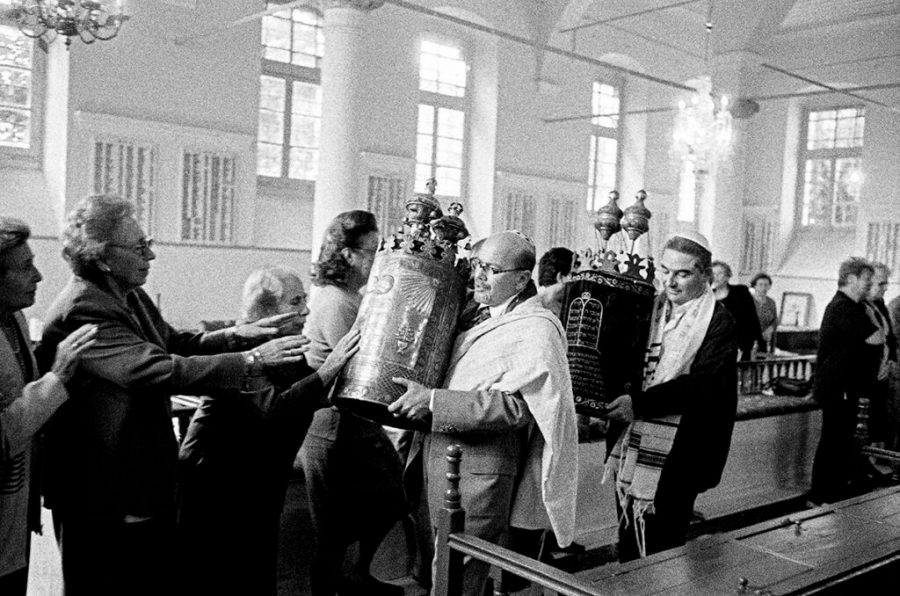
An impromptu visit by a photographer to a synagogue in New York sparked a quest to document the history of the Romaniote Jews, a millennia-old population with traditions dating from ancient Greece and Rome. Explore one of the oldest Jewish Communities in existence and its presence in New York City at this immersive virtual exhibition.
In 1999, photographer Vincent Giordano made an unplanned visit to the Kehila Kedosha Janina Synagogue on New York City’s Lower East Side. Built in 1927, the synagogue housed a congregation (kehila) founded in 1906 by Jewish immigrants from the town of Ioannina (Janina) in northern Greece, who followed the Romaniote rite. Unfamiliar with Judaism, let alone Romaniote Jews, Giordano would come to play a significant role in documenting the experiences of this millennia-old population that has maintained traditions dating to ancient Greece and Rome. The new virtual exhibition, “Romaniote Memories, a Jewish Journey from Ioannina, Greece, to Manhattan: Photographs by Vincent Giordano,” features over 100 photographs presented in ten thematic sections, including the synagogue’s art and architecture, religious rites and celebrations, as well as photographs taken during the High Holidays in Ioannina, Greece, in 2006.
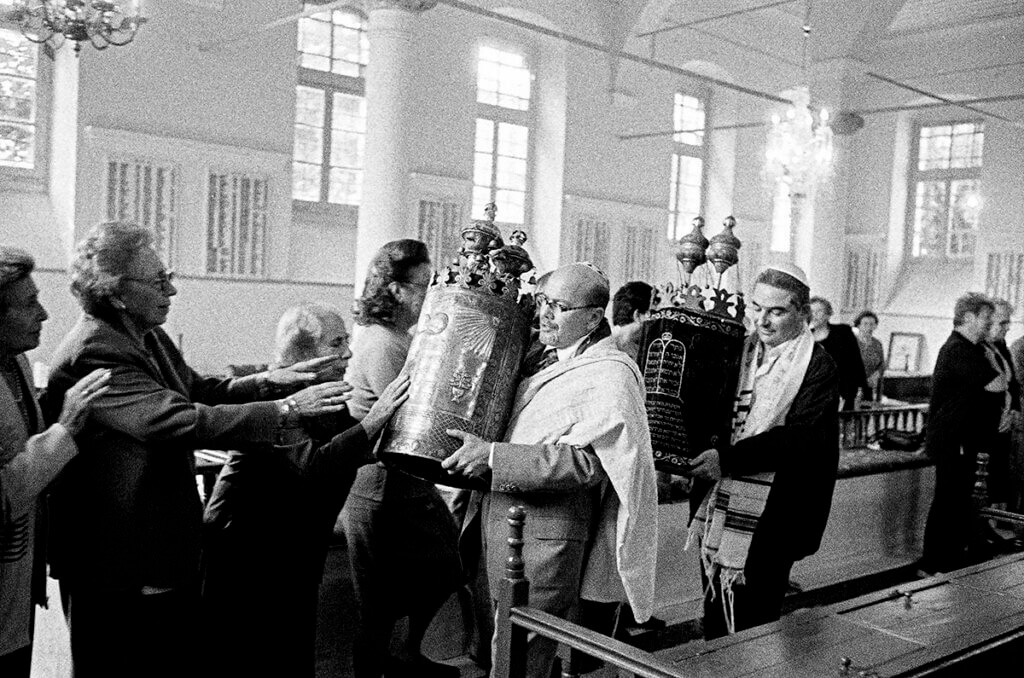
New Queens College Virtual Exhibition, “Romaniote Memories, a Jewish Journey From Ioannina, Greece, to Manhattan: Photographs by Vincent Giordano,” Explores One of the Oldest Jewish Communities in Existence and Its Presence in New York City.
Launched as the multimedia project Before the Flame Goes Out, Giordano’s efforts to chronicle the Kehila Kedosha Janina community would prove critical to preserving Romaniote culture, with the synagogue being its only representation in North America.
Over 80% of Greece’s Jewish population perished in the Holocaust, decimating the country’s historic Romaniote communities. Of the 1,960 Jews who were deported to Auschwitz from Ioannina, Greece, 110 survived. The Romaniote language, a Greek dialect that combines words and phrases from Hebrew and Turkish, is endangered, without preservation efforts to maintain or revive it. As of 2019, only a small number of Romaniote Jews remaining in Ioannina, Greece, spoke the language.
The exhibition, accessible here, is presented to coincide with International Holocaust Remembrance Day on January 27 — the anniversary of the liberation of Auschwitz-Birkenau — in commemoration of these communities.
As part of a statement about his work for a 2007 exhibition on the Kehila Kedosha Janina Synagogue project, Giordano said, “Seven years ago, I first visited the Kehila Kedosha Janina Synagogue on Broome Street and what I heard and saw there made an indelible impression upon me. I listened with great interest and sadness to the story of the Romaniote’s forgotten place in Jewish history. I wondered how a community and its culture wither away and vanish…which forces are at work, and which are not? I began to photograph and document the synagogue and the community. This effort was transformed into an incredible personal journey of discovery, filled with wonderful people, interesting experiences, and fascinating places. As I explored and probed deeper, I discovered this story is much larger than the synagogue on Broome Street, that it reaches far into the past…to the rich history of the Jews in ancient Greece and the Byzantine Empire…and the devastation of the Holocaust.” Giordano’s work is included in numerous private collections. His portraits from September 11, 2001, are in the permanent collection of the New York Historical Society. He was the recipient of several awards including seven Clio Awards for his film work in television commercials.
Giordano died in 2010. Nine years later, his family donated the archive of his work to the Hellenic American Project (HAP) at Queens College. Founded and directed by Queens College Sociology Professor Nicholas Alexiou, the project — which comprises a research facility, archive, Greek American library, and museum — accepted the Romaniote materials in the context of its mission, which is to document the Hellenic American presence in the United States beginning with the mass migration from Greece to America in 1900. Giordano’s photographs are a permanent exhibition within the HAP museum and maintained by the Benjamin S. Rosenthal Library’s Special Collections and Archives.
“Romaniote Memories” is presented by the Hellenic American Project, in collaboration with Queens College Special Collections and Archives (SCA) at Benjamin S. Rosenthal Library, the Center for Jewish Studies at Queens College, and the International Survey of Jewish Monuments (ISJM). The exhibition is curated by Samuel Gruber, president, International Survey of Jewish Monuments, and designed by Annie Tummino, head of Special Collections and Archives, at the Benjamin S. Rosenthal Library, Queens College. Renee Pappas is the executive producer of the exhibition, which has received letters of support from the Embassy of Greece, Washington, DC; the Greek Orthodox Archbishop of North America; B’nai B’rith; American Hellenic Educational Progressive Association (AHEPA); and Fulbright Greece.
A virtual opening reception, featuring a conversation with the curator, organizers, distinguished guests, and friends, is scheduled for Thursday, February 11, at 5 pm (EST). Please click here to register on Zoom.
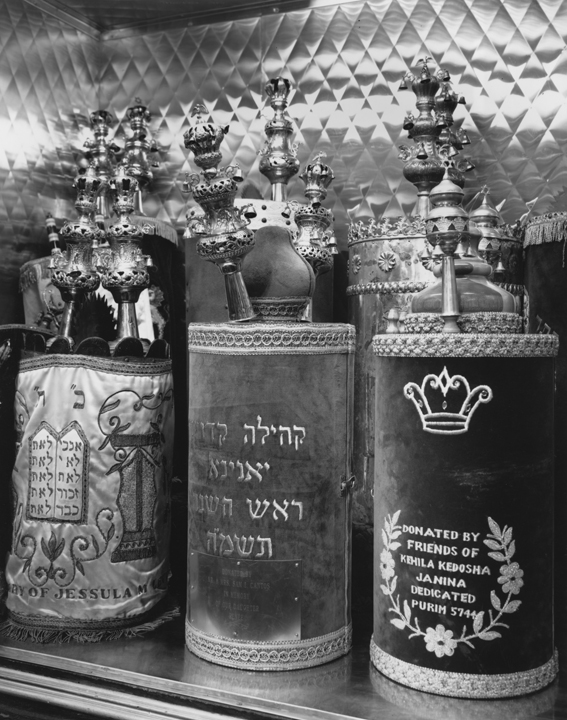
About the Hellenic American Project (HAP)
Based in the Queens College Department of Sociology, HAP documents the Hellenic American presence in the United States from the first wave of mass immigration in 1900 to the present. Operating as a research facility, archive, Greek American library, museum, and event space, HAP makes combined primary and secondary sources available to the public for educational and research purposes. Among its initiatives are recording generational oral histories, analyzing population data, curating and digitizing digital cultural artefacts and publications, and organizing academic symposia and cultural events. Under the direction of Queens College Sociology Professor Nicholas Alexiou, who founded HAP, the project is the only program of its kind in New York City.
About Queens College
Queens College produces more education graduates who become principals, teachers, and counsellors for the city’s public schools than any other college in the metropolitan area. The college contributes to the local talent pool as a powerful economic engine and a leader in tech education. Students from across the country and around the world are attracted to study at the Aaron Copland School of Music. Its renowned faculty and alumni include nationally recognized composers, conductors, and performers who have received over 100 Grammy Awards and nominations. Queens College enjoys a national reputation for its liberal arts and sciences and pre-professional programs. With its graduate and undergraduate degrees, honors programs, and research and internship opportunities, the college helps its more than 20,000 students realize their potential in countless ways, assisted by an accessible, award-winning faculty. Located on a beautiful, 80-acre campus in Flushing, the college has been cited by Princeton Review as one of America’s Best Value Colleges every year since the title’s inception, as well as being ranked a U.S. News and World Report Best College and Forbes Magazine Best Value College thanks to its outstanding academics, generous financial aid packages, and relatively low costs.

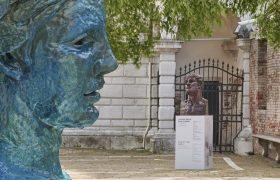




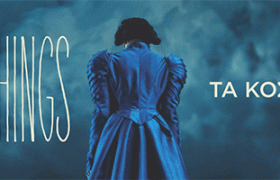
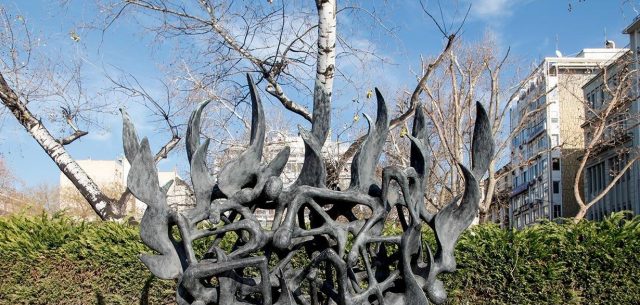
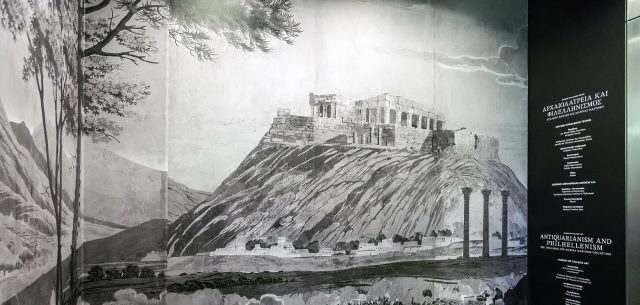





Leave your comments ...